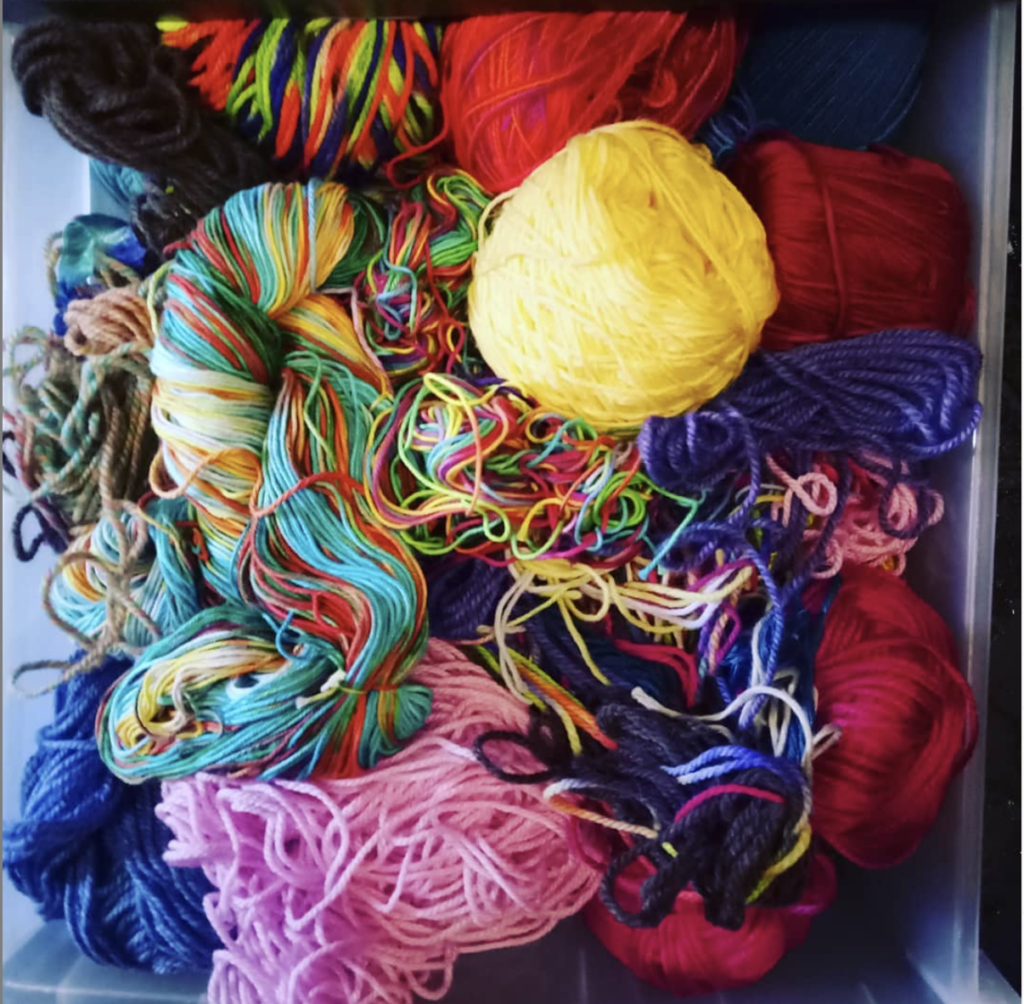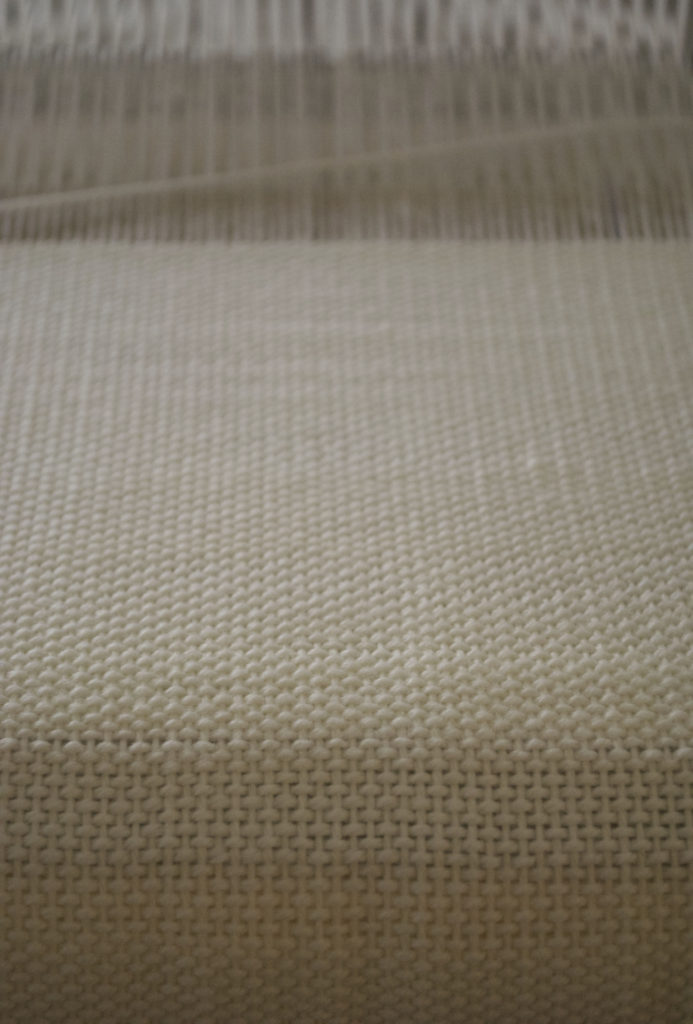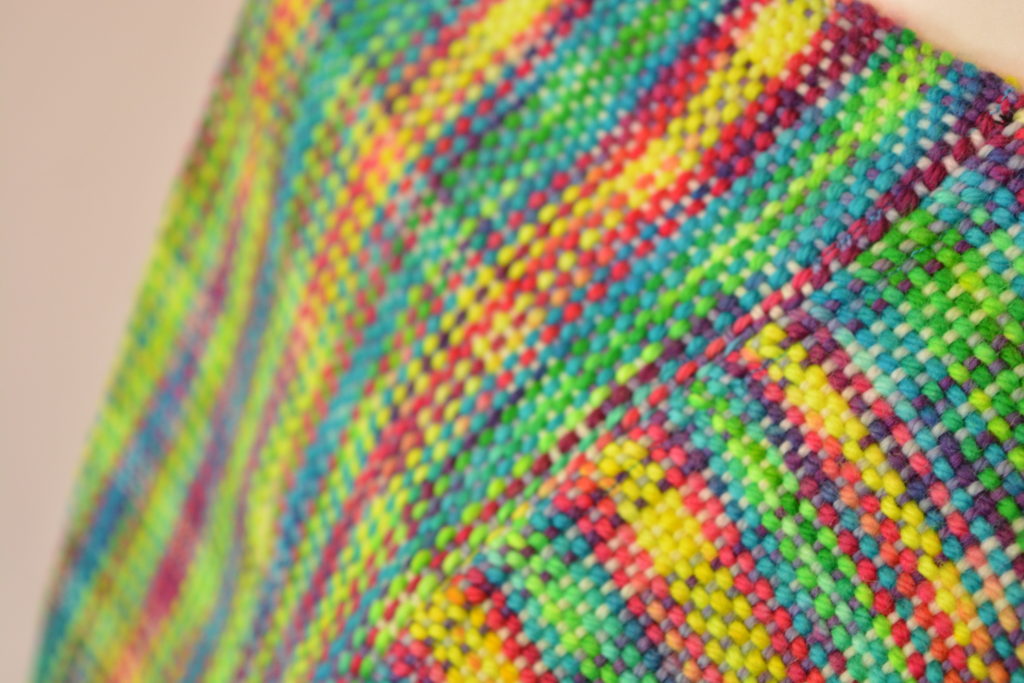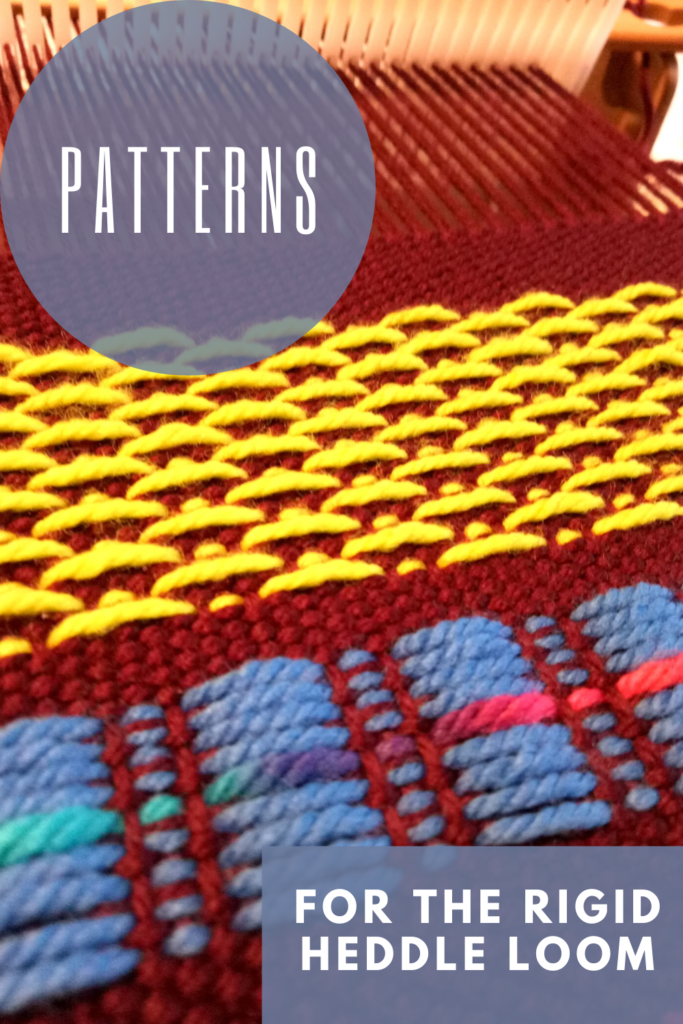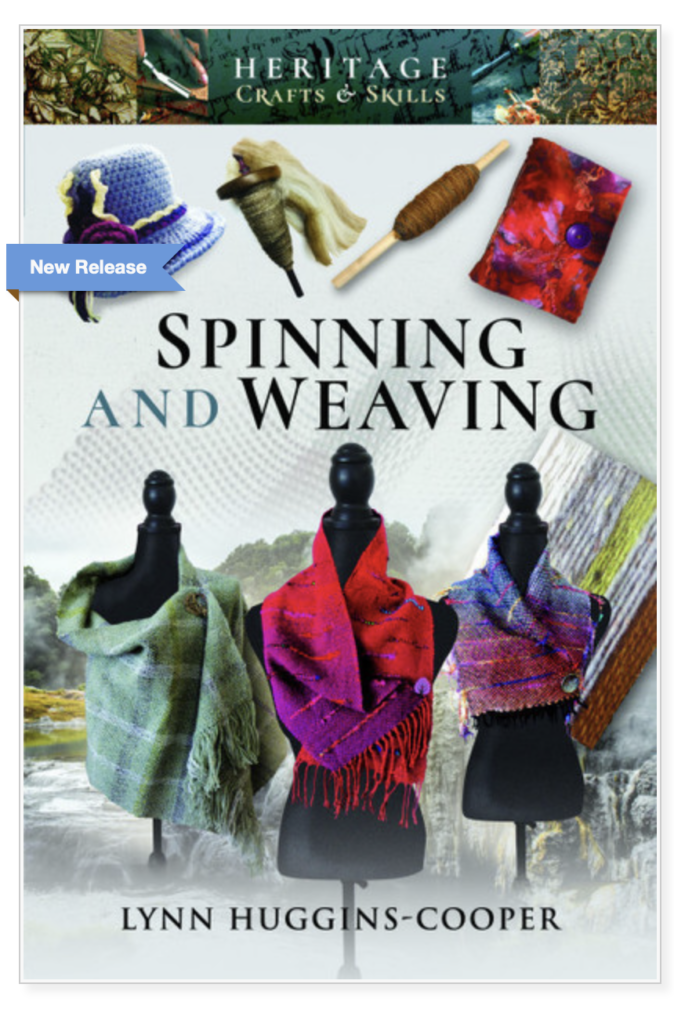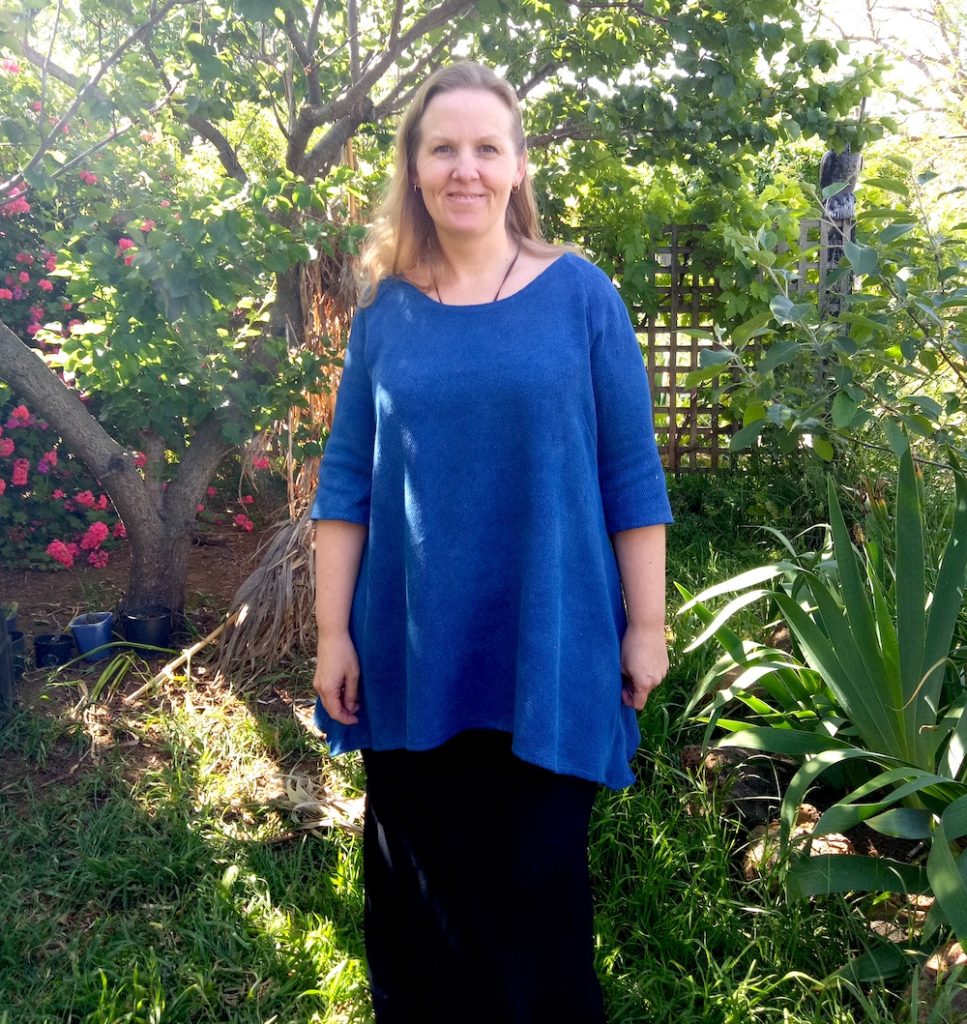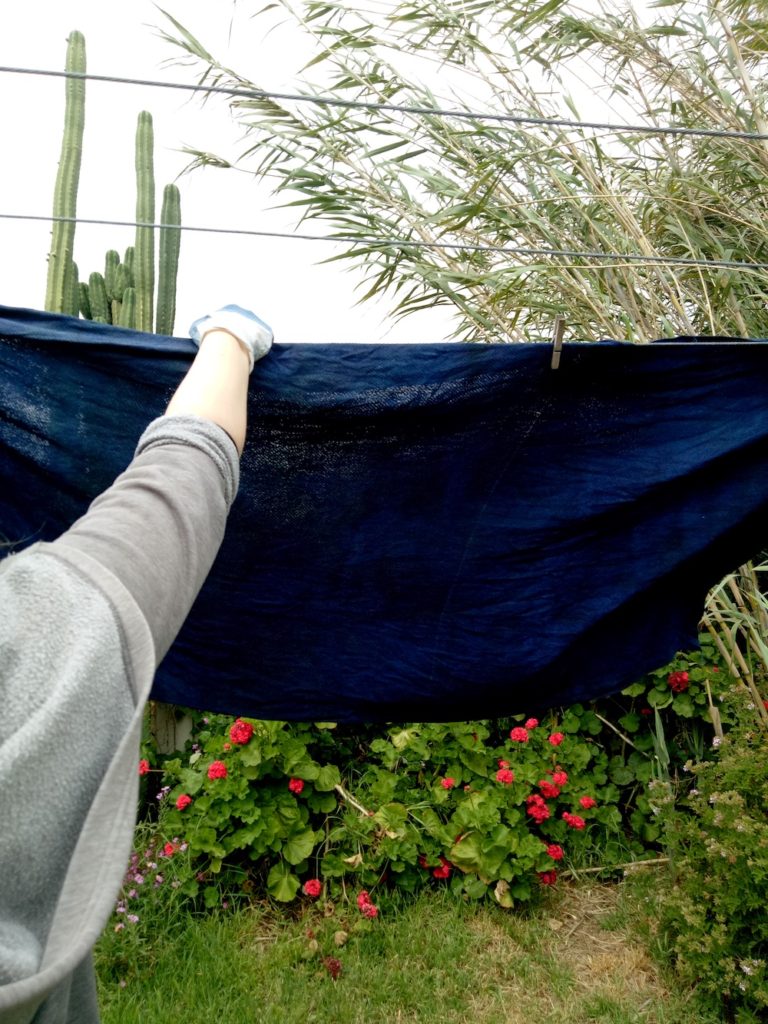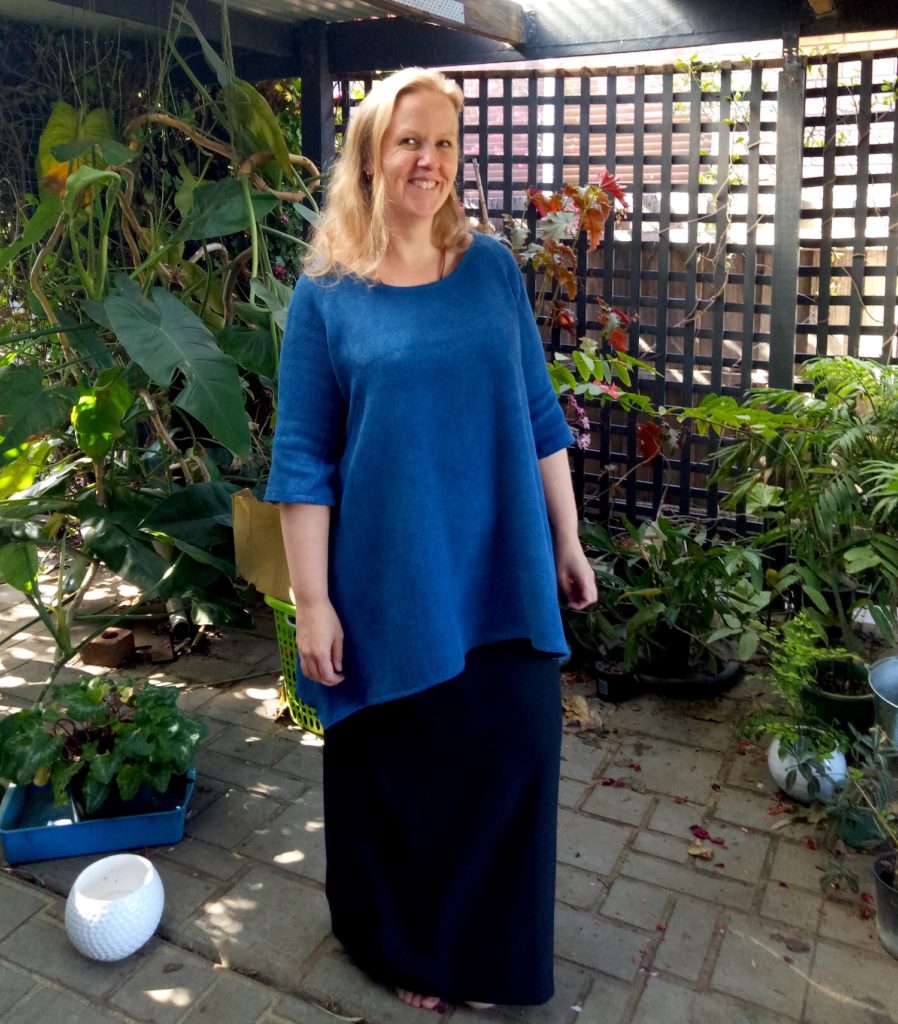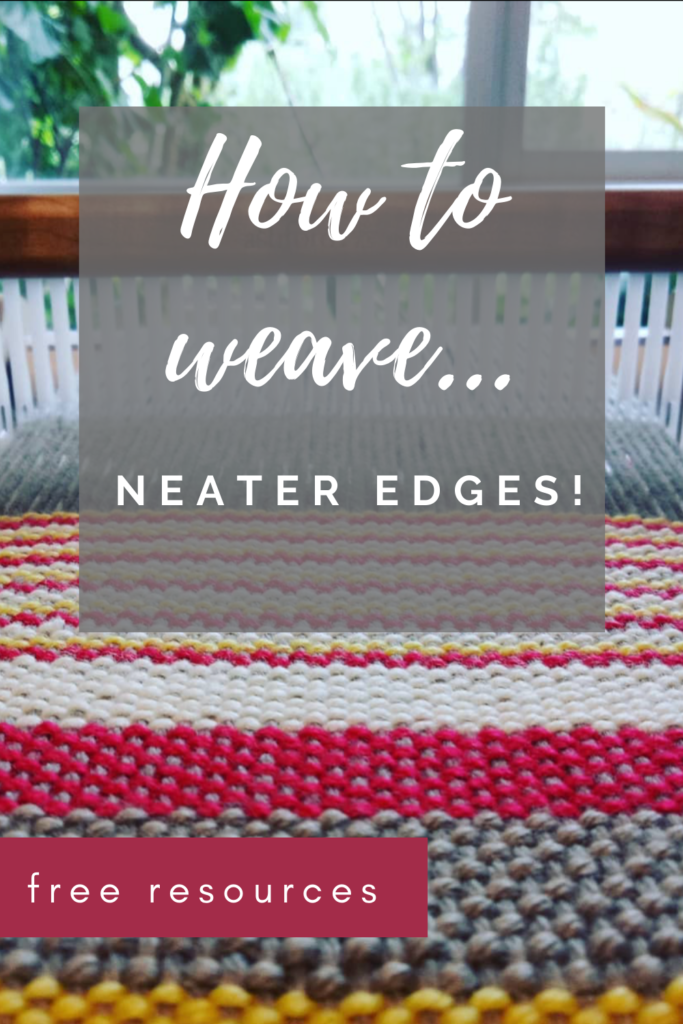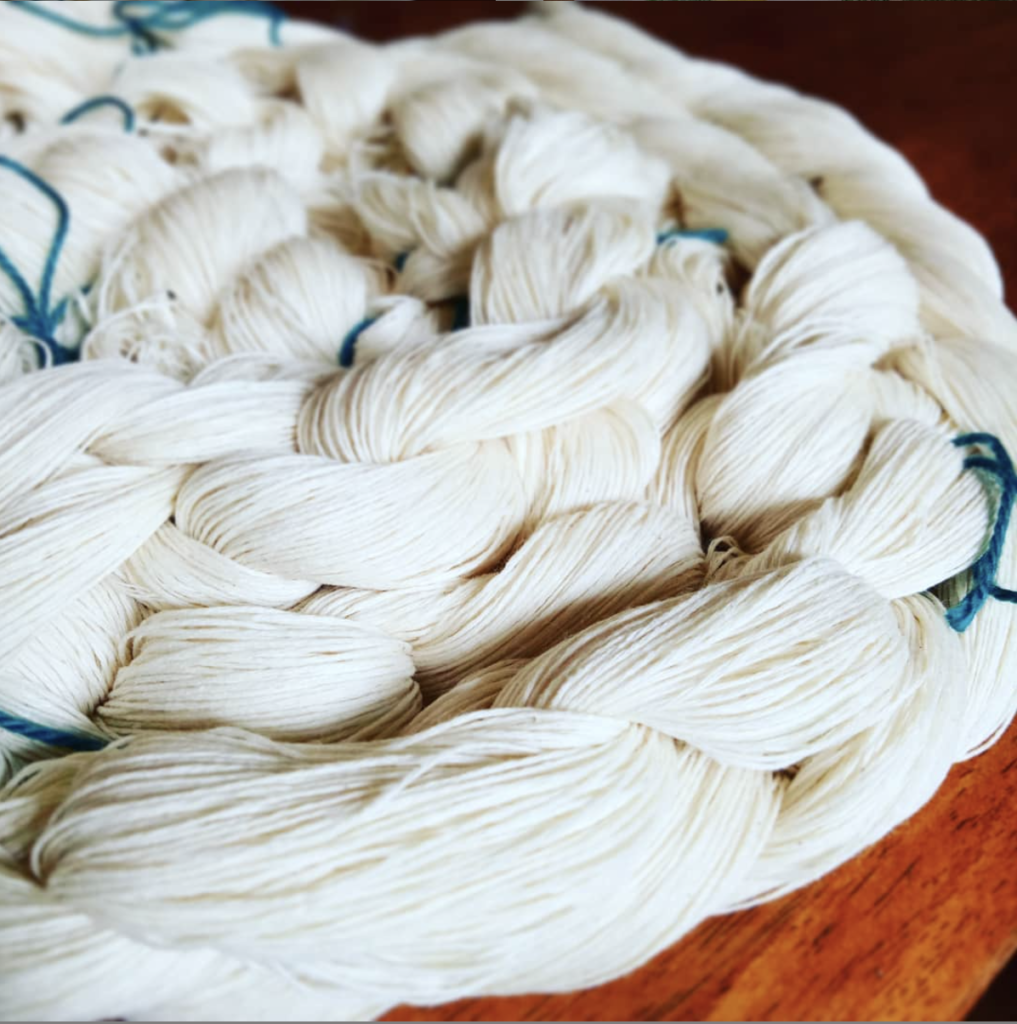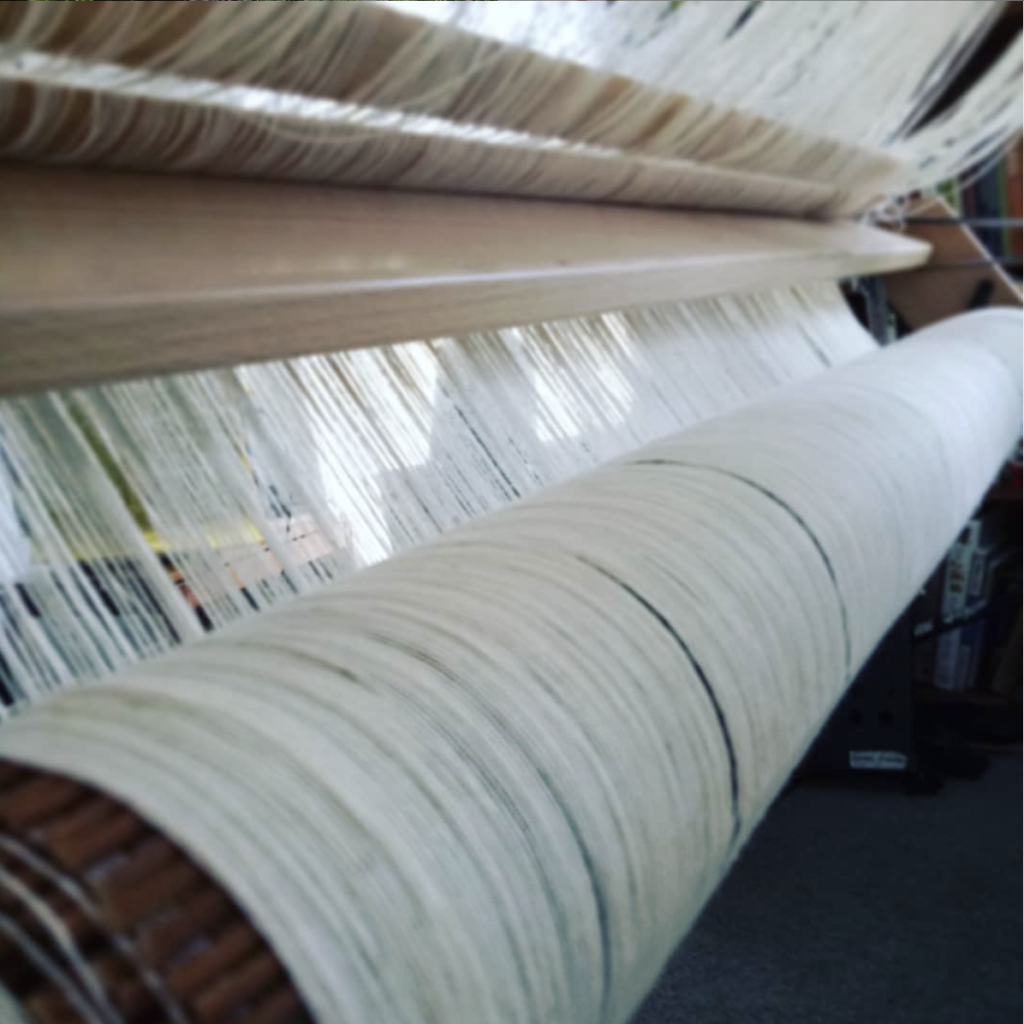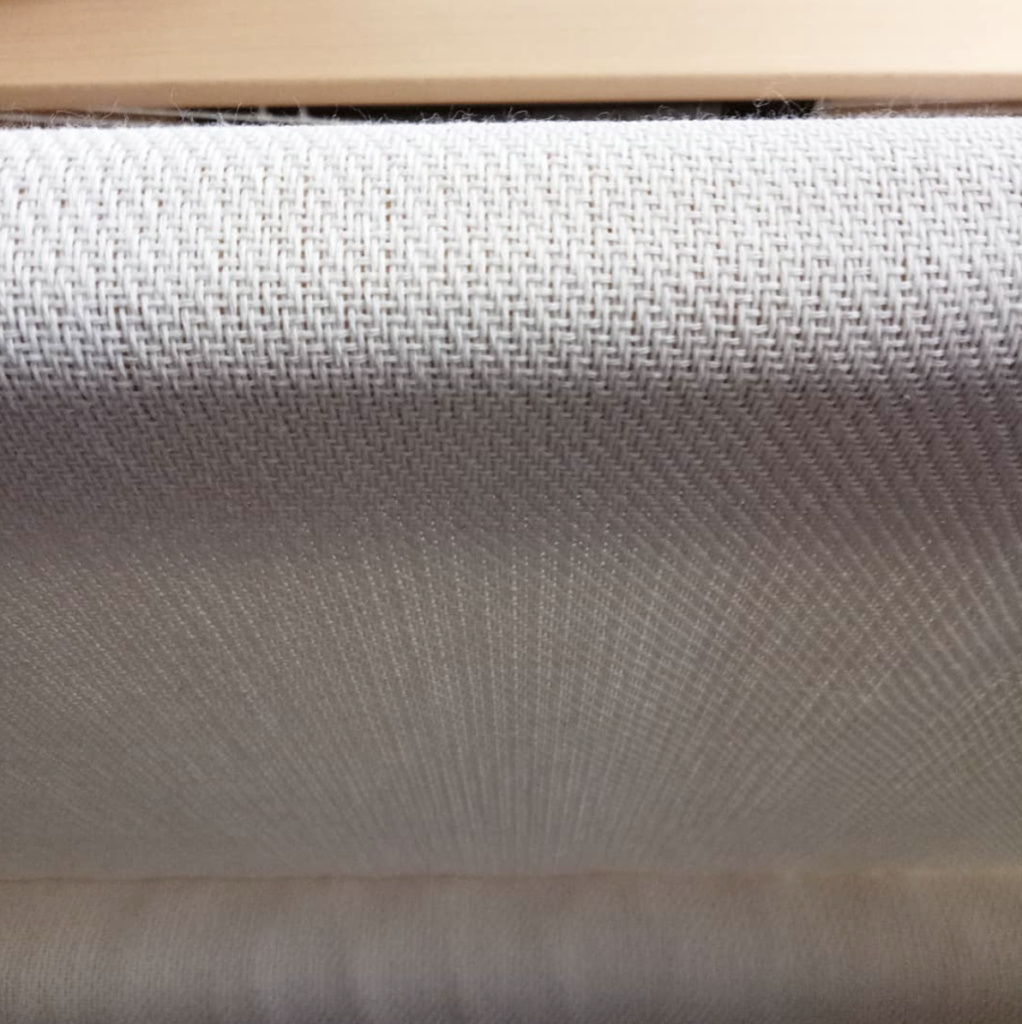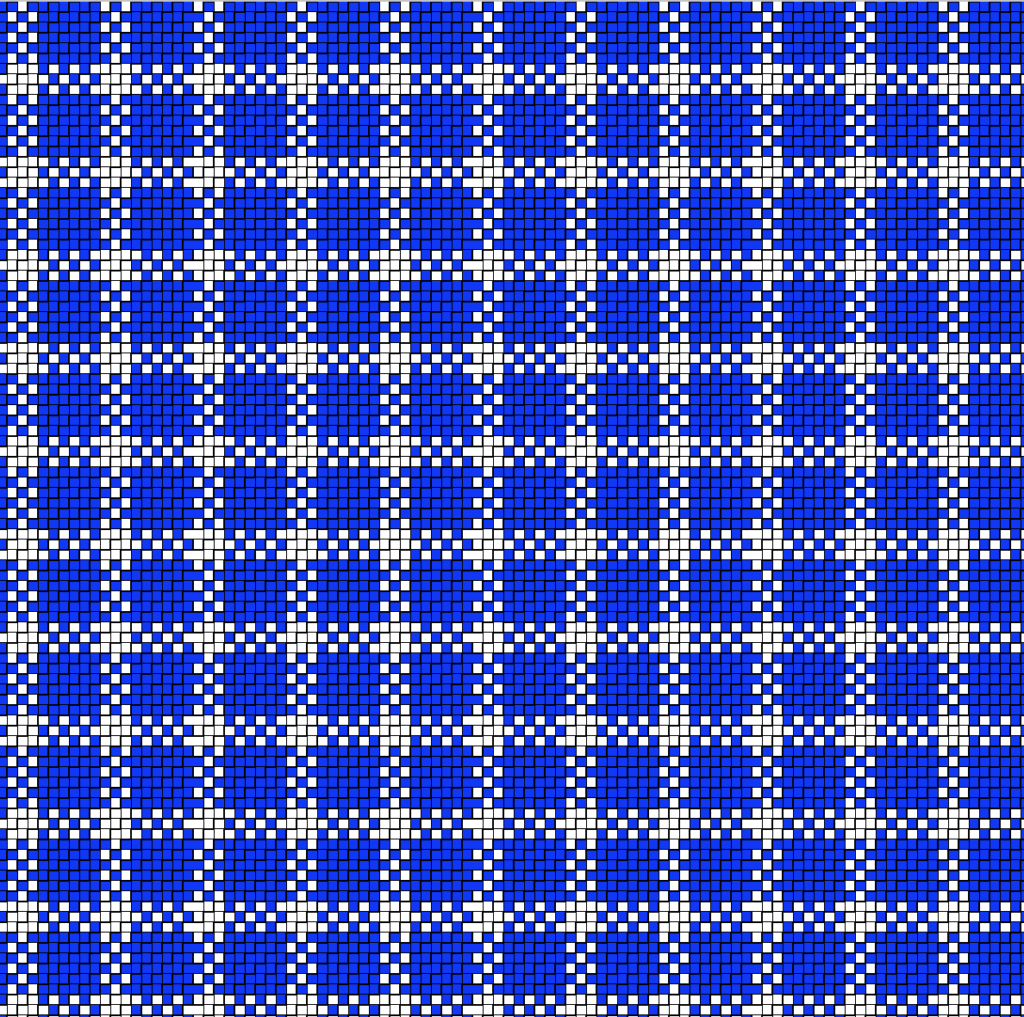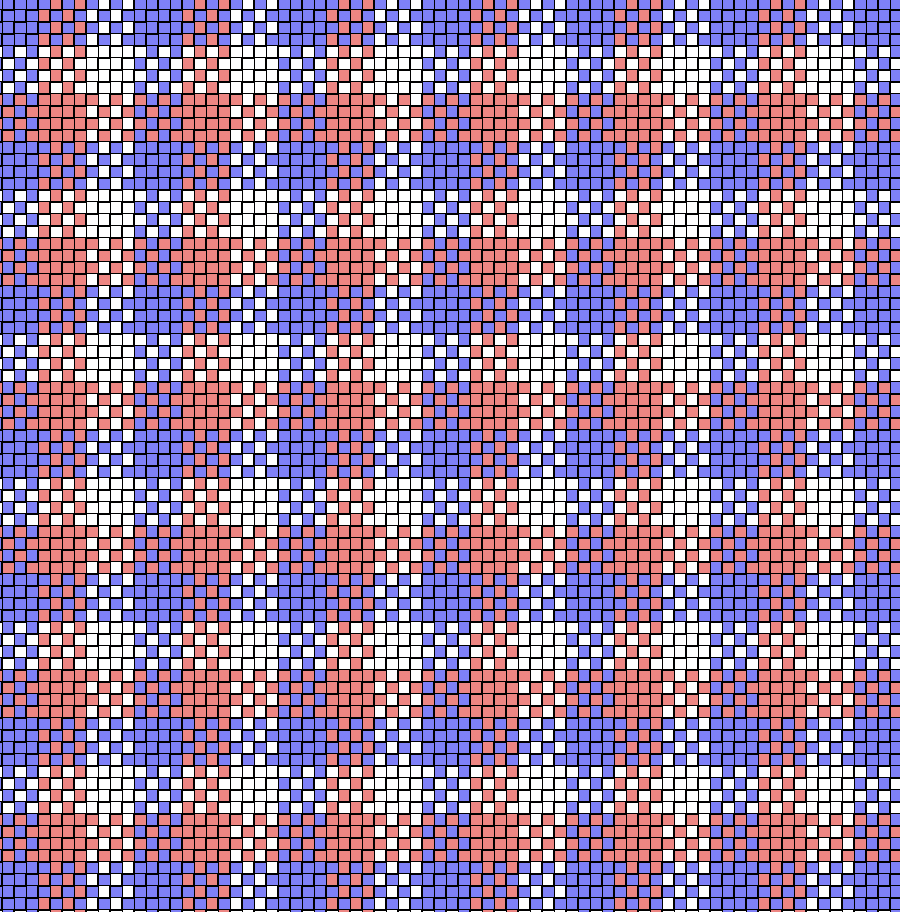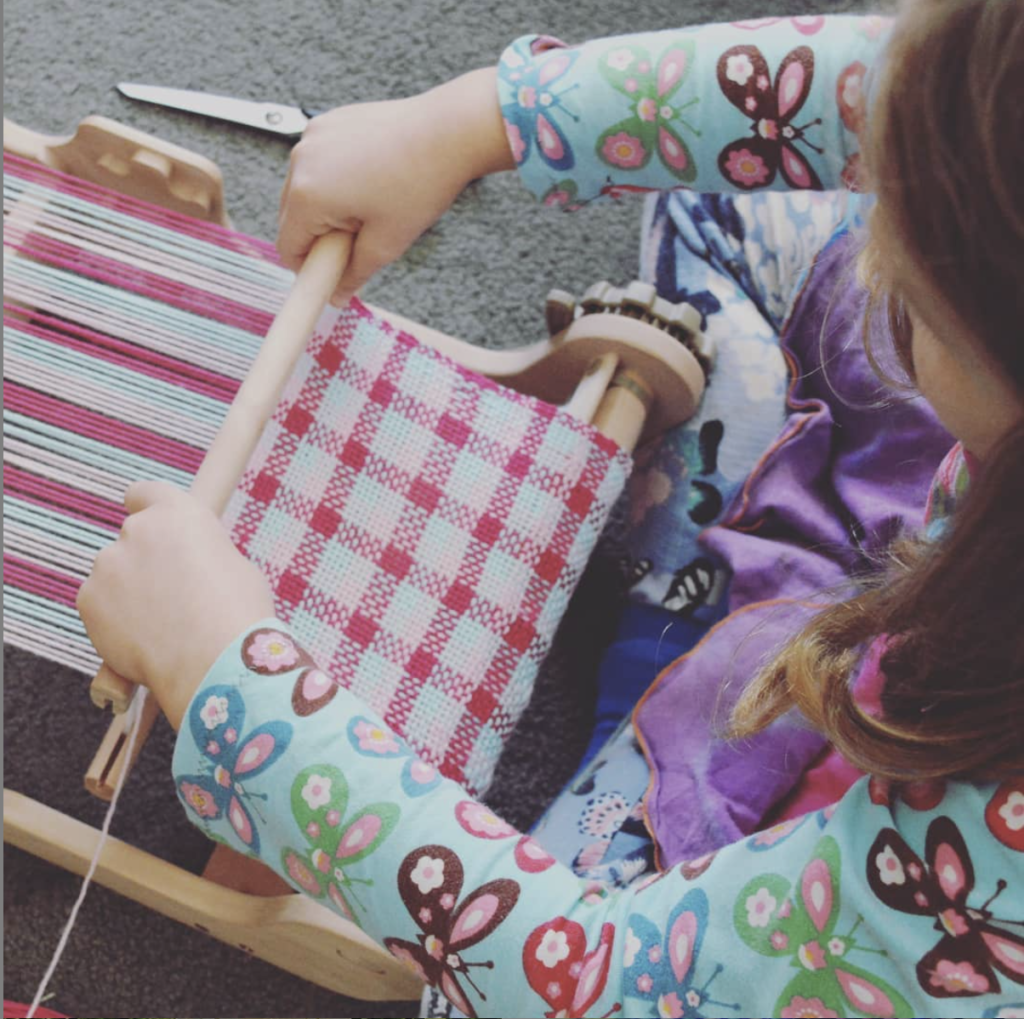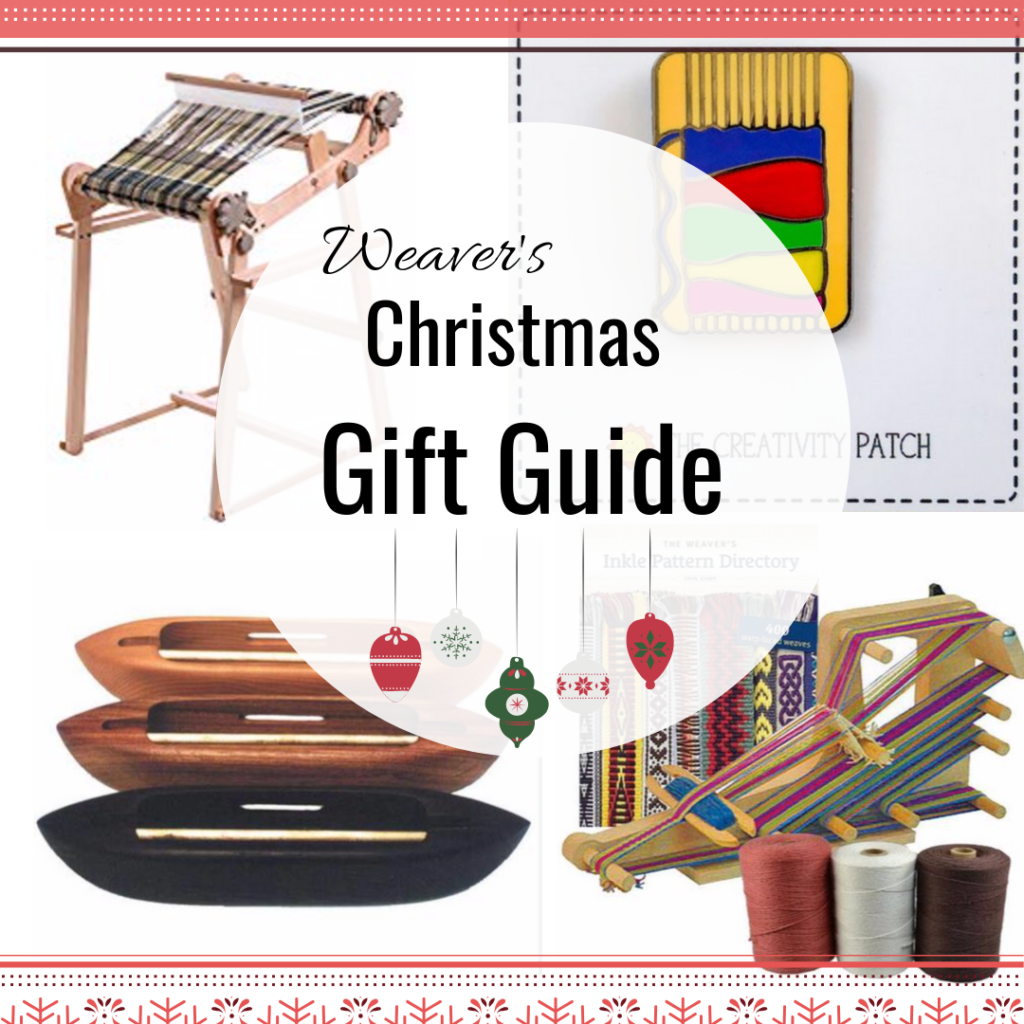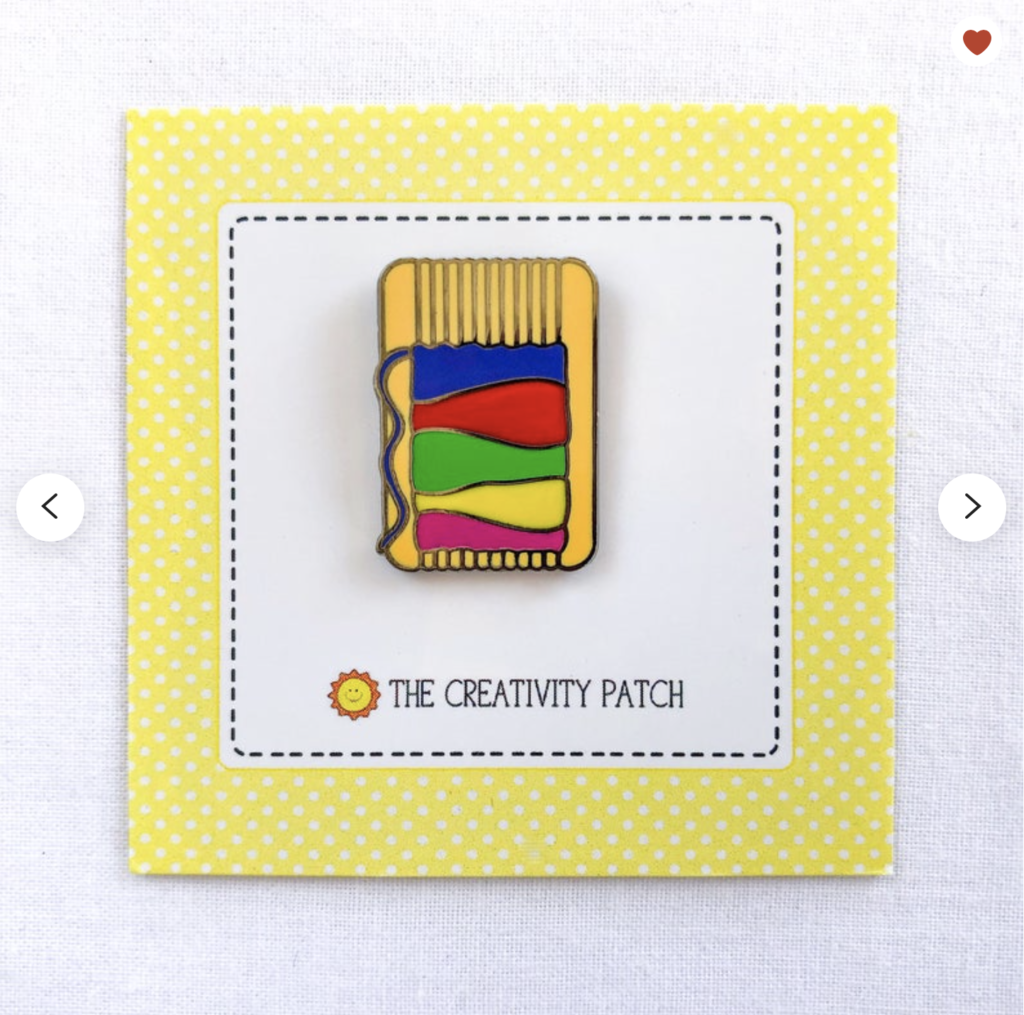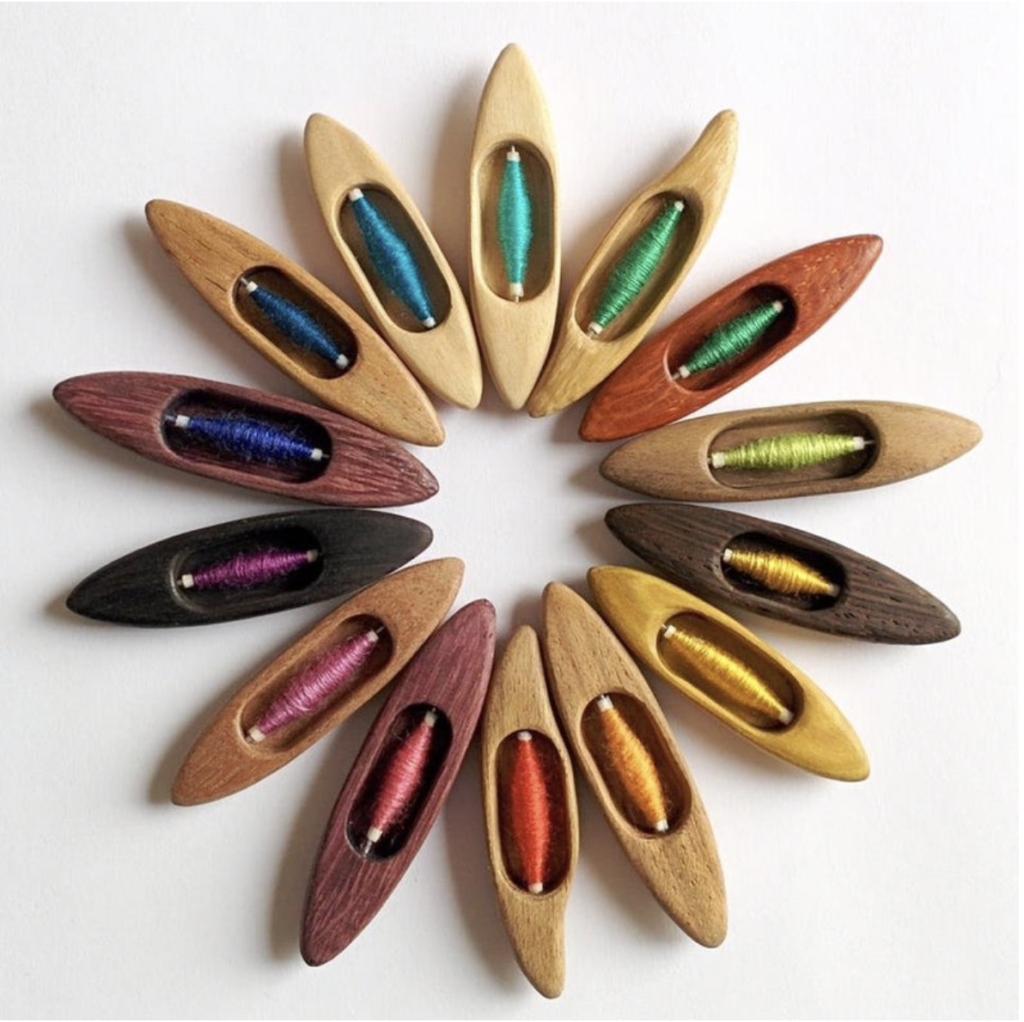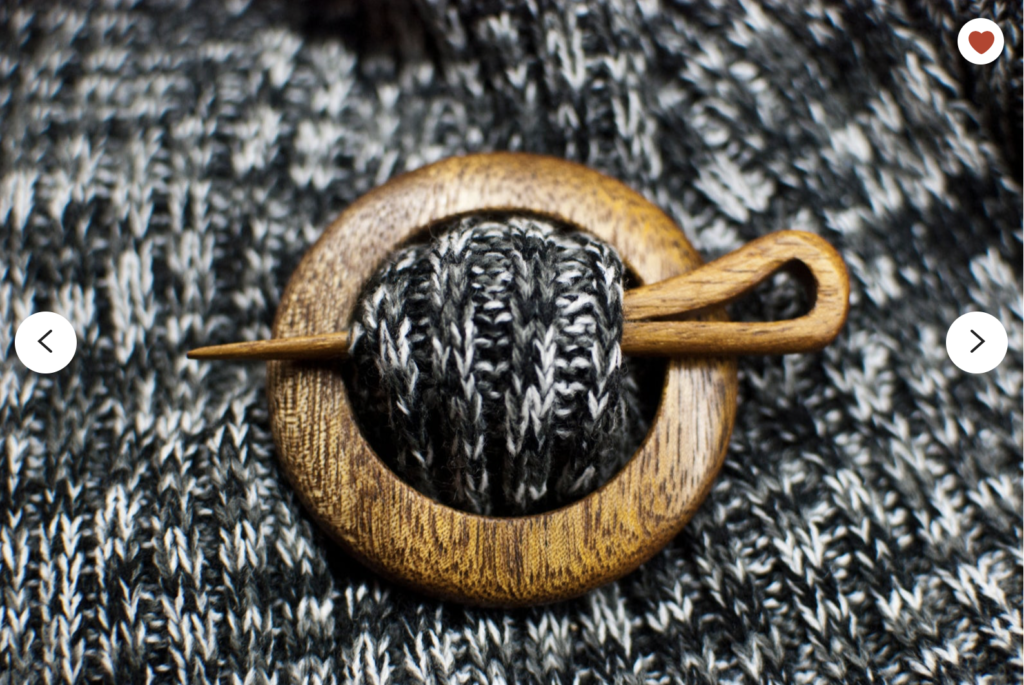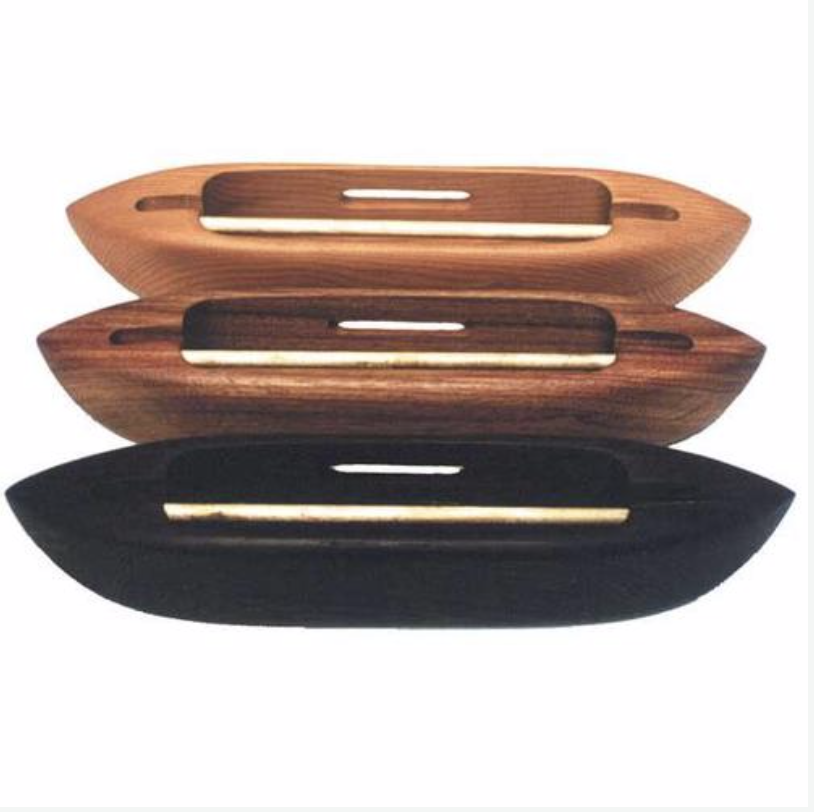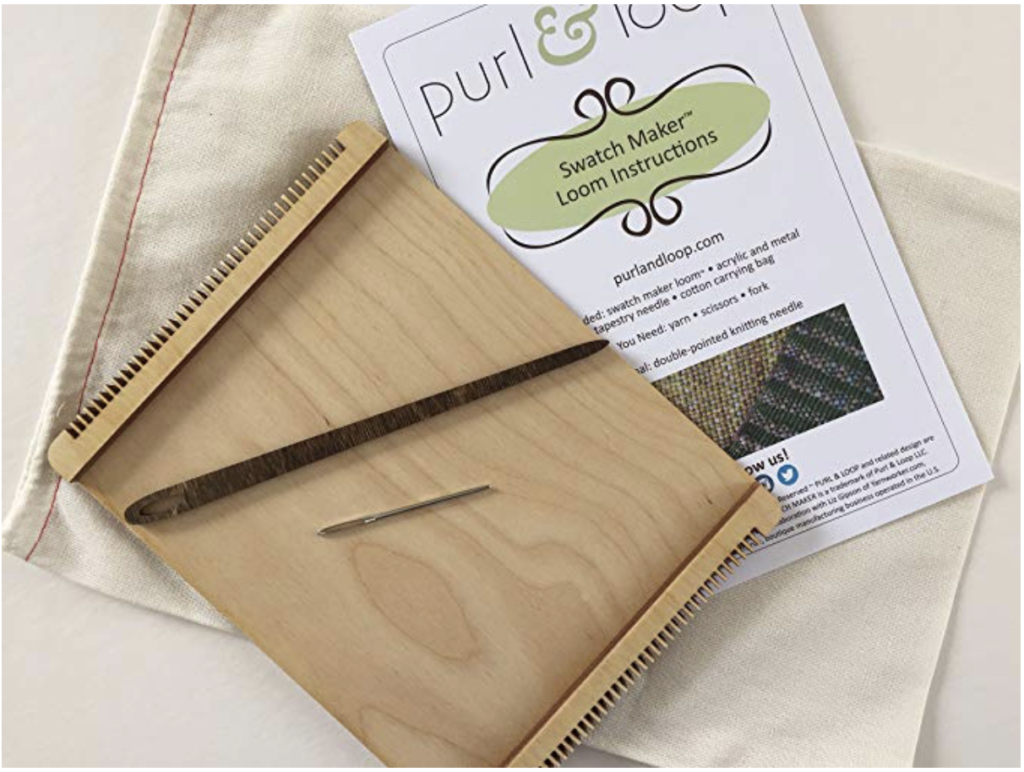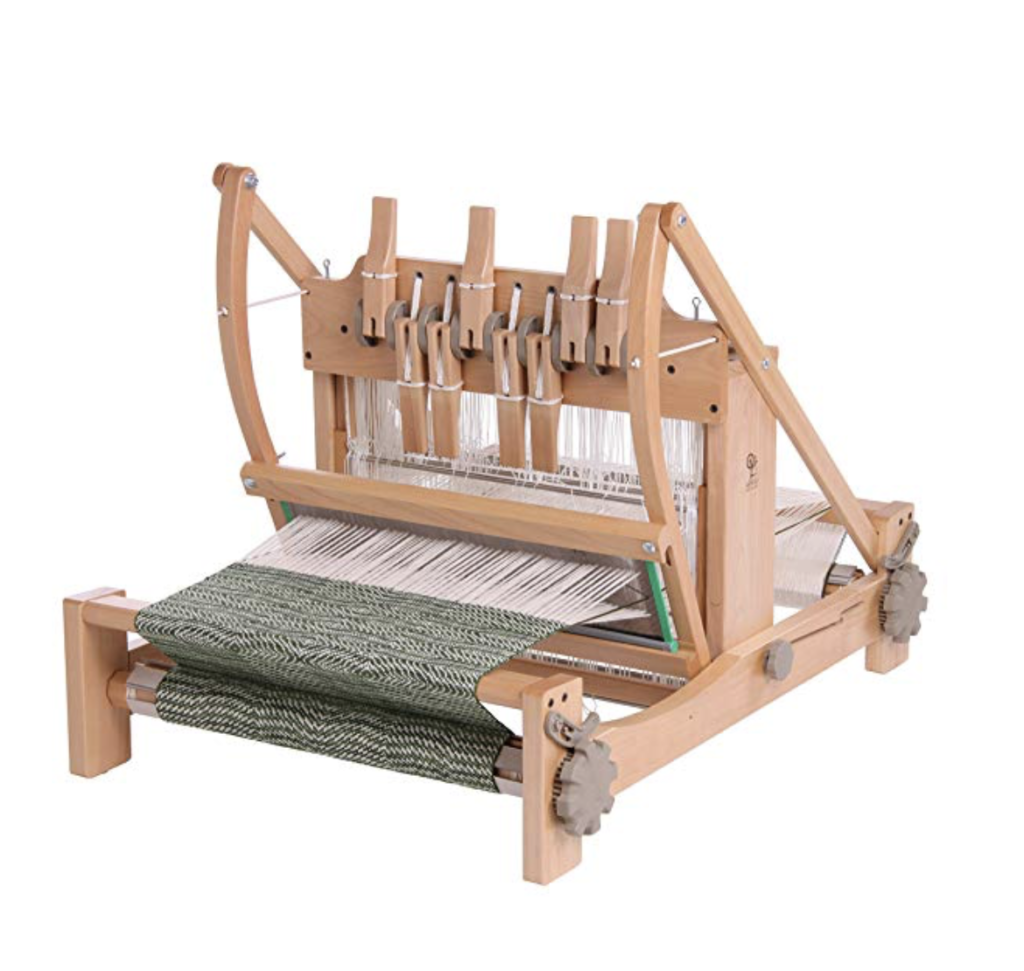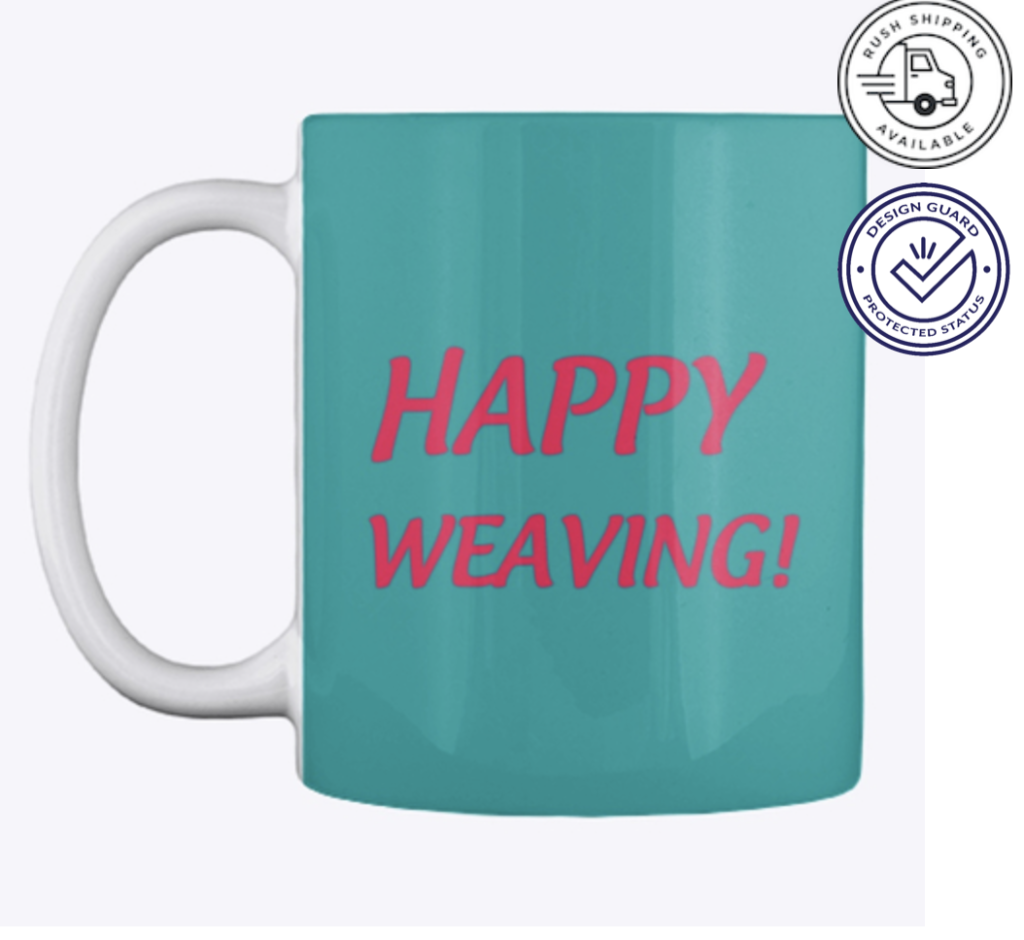Having only used Ashford rigid heddle looms, it is not really within my scope to compare different looms from a practical perspective. I can’t in fairness give appraisals of looms I have not used (though I’ve made it pretty clear that I love my Ashford!)
Cost is an important factor when considering your loom, and this is where I can help by offering a comparison of various looms and what will be included in the purchase cost.
Not all looms are going to be the same size, so I am going to compare looms of similar size but not always equal. I’m using Amazon for comparisons, but will use other sites if any particular loom is not available on Amazon.
*This post contains some affiliate links. This means that if you click and purchase, I receive a small commission at no extra cost to you.
These prices do not take into account any additional costs such as stands, extra tools or shipping. All prices are in U.S. dollars.
Please also note that most rigid heddle looms come flat packed in a box, so unless you pick one up in a store where an assembly service is offered (usually for a fee), you can expect to be putting the loom together yourself.
Let’s start with the first rigid heddle loom I ever bought and still use constantly.
Ashford 24″ Rigid Heddle Loom-
Listed at $225, this loom comes with a standard 7.5 dent heddle, warping peg, 2 clamps, a threading hook, 2 shuttles, cardboard warping sticks and an instruction booklet. Made from Silver beech hardwood in New Zealand. *Edited to add – this loom now comes with a built in warping board if you purchase the warping pegs separately.
Beka 24″ Rigid Heddle Loom-
Listed for $159.99. Comes with one 10 dent heddle, two stick shuttles, one pickup stick, a pair of heddle blocks, threading tool and complete instructions. SG series looms are made from Cherry wood and finished with Danish Oil. Made in Minnesota, USA.
Schacht Flip Rigid Heddle Loom 25″
Listed at $335, this loom includes a 10-dent reed, warping peg, 2 shuttles, threading hook, and complete warping and weaving instructions. It is foldable and made in America from maple wood.
Glimakra Emilia Rigid Heddle Loom 18″
Listed for $279, this loom is made of birch and is foldable. It includes a 10 dent heddle, shuttle, warping peg, two clamps and a sleying and threading hook. Made in Sweden.
Kromski Harp Forte 16″
Prices starting at $279, this one is interesting. Kromski claim that you will not get a “complete package” with any other RH loom, and that seems to be true. This loom is designed to also be used as a warping board, I think that is quite innovative! I rarely warp my rigid heddle loom indirectly, so it’s not a feature that I would use, but for those who prefer to warp from a warping board, this is a really good deal. You don’t have the extra expense or purchasing a warping board separately and you don’t need the extra space. Smart! Kromski say that this loom also comes with a “warp helper” but I’m not sure what they mean by that.
The Harp is also foldable and as a bonus, the wood is already finished, so you can assemble right away.
A somewhat obscure loom is the Toika Siru Rigid Heddle Loom, 16″. Made in Finland in a classic raw wood, minimalist style, these looms start at around $260 USD.

These looms have an interesting design, with a metal bar and thick back cloth beam. They are foldable and seem to come standard with a double heddle block, which is handy for those wanting to use more than one heddle. You won’t generally find this loom for sale in the usual places (Amazon, large yarn or supplies stores) though other Toika looms are not too hard to find.
Leclerc Bergere Rigid Heddle Loom 24″
Price for this size is $285. This one comes with a blue boat shuttle! The Leclerc looks to be a very basic, sturdy design. I’m not sure what to think of the metal handles for tensioning, I feel like that may not be so comfortable.
This loom comes with extra warping blocks, lease sticks and extra shuttles, but doesn’t seem to include a reed or threading hook.
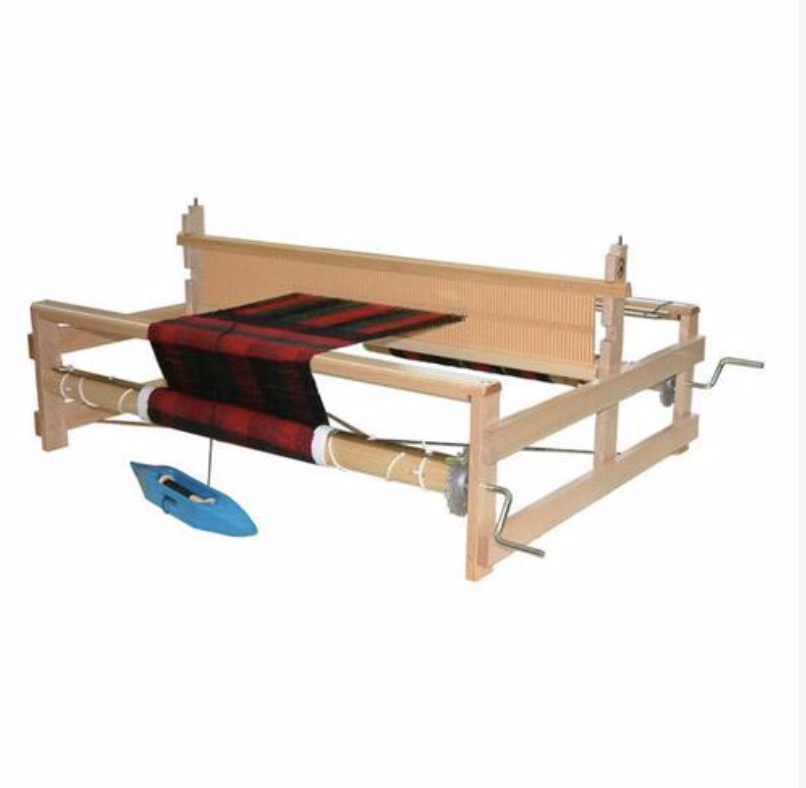
Erica by Louet.
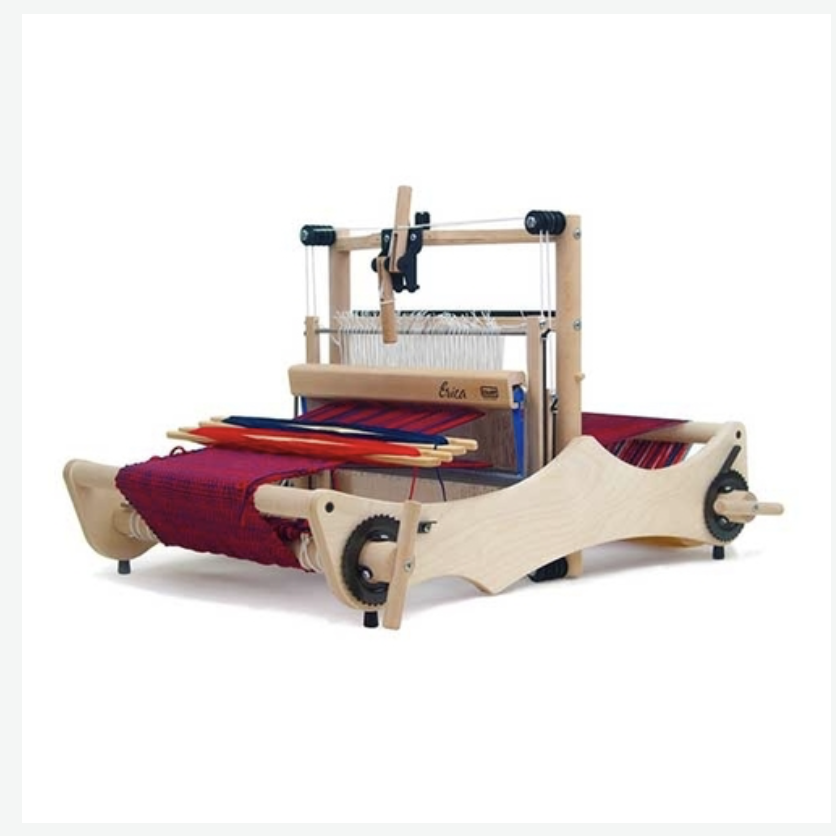
I’m being a bit sneaky including the Erica by Louet in this list. It’s not actually a rigid heddle loom, but it is a 2 shaft table loom. So why include it in a rigid heddle comparisons list? Well, I get a massive number of messages from new weavers who are trying to decide between a rigid heddle loom and a table loom. I almost always recommend a rigid heddle (but not always, it depends on the circumstances of the person asking) but I would definitely not rule out something like the Erica. Here is why:
*It’s like a rigid heddle and table loom rolled into one. It has the same basic shape/frame and tensioning pegs as a RHL, but the “castle” (the upright part!), heddles, shafts and reed as a table loom.
*It’s a fantastic introduction to weaving on a table or floor loom. You have the functionality of a sturdy, upright loom with texsolv heddles without being overwhelmed by too many shafts.
*You have the option to upgrade later to 3 or 4 shafts, increasing the possibilities for your weaving.
With prices starting at $370USD, this is definitely a higher priced entry point loom, but still very reasonable for it’s capabilities.
*It’s foldable and light enough to pick up and put in the car for workshops, teaching or travelling.
I hope this collection has helped you to understand a little more about what you will pay when purchasing a new rigid heddle loom. If I have missed any, please mention them in the comments below!

